Welcome to Our Comapny
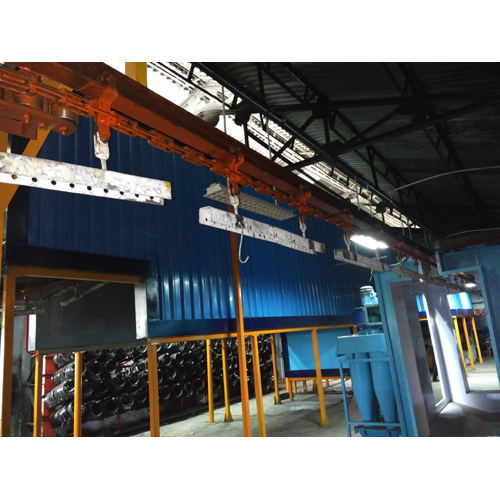
Conveyorised Powder Coating Plant
7000000 INR/Unit
Product Details:
- Type Conveyorised Powder Coating Plant
- Material Stainless Steel
- Computerized No
- Automatic Grade Semi-Automatic
- Control System Frequency Speed Control
- Drive Type Electric
- Warranty 1 Years
- Click to view more
X
Conveyorised Powder Coating Plant Price And Quantity
- 7000000 INR/Unit
- 1 Unit
Conveyorised Powder Coating Plant Product Specifications
- No
- Frequency Speed Control
- 1 Years
- Semi-Automatic
- Conveyorised Powder Coating Plant
- Stainless Steel
- Electric
Conveyorised Powder Coating Plant Trade Information
- 1 Unit Per Month
- Days
- All India
Product Description
Conveyorised Powder Coating Plant is widely used in industrial settings for the efficient and automated application of powder coatings onto various objects or components. The plant consists of a conveyor system that transports the objects through a series of treatment and coating stages. The objects are pre-treated, such as through cleaning and surface preparation, and then passed through a powder coating booth. In the booth, electrostatically charged powder particles are sprayed onto the objects, adhering to the surfaces. The objects then proceed through a curing oven where the powder coating is melted and fused onto the surfaces, resulting in a durable and attractive finish. This plant offer high production capacities, consistent coating quality, and improved efficiency in powder coating processes.
Applications of Conveyorised Powder Coating Plant:
1. Automotive Industry: Conveyorized powder coating plants are extensively used in the automotive industry to coat components such as wheels, frames, bumpers, and various metal parts. The durable and protective coating helps prevent corrosion and enhances the aesthetic appeal of the vehicles.
2. Furniture Manufacturing: Furniture manufacturers utilize conveyorized powder coating systems to coat metal furniture frames, legs, and other metal components. This process provides a uniform finish, improves scratch and wear resistance, and offers a wide range of color options.
3. Appliance Manufacturing: Home appliances such as refrigerators, washing machines, ovens, and dishwashers often undergo powder coating to enhance their appearance and protect against environmental factors.
4. Agricultural Equipment: Farm equipment like tractors, plows, and other machinery benefit from powder coating to prevent rust and wear caused by outdoor conditions.
5. Architectural and Construction: Powder coating is used in the architectural industry for coating metal components of buildings, such as window frames, doors, railings, and fences. It provides a durable finish that withstands weather conditions and maintains its appearance over time.
6. Electronics and Telecommunications: Metal components used in electronics and telecommunications equipment can be powder coated to ensure they are well-protected and have an aesthetically pleasing appearance.
7. Lighting Fixtures: Light fixtures, lampshades, and outdoor lighting structures are often coated with powder to enhance their durability and visual appeal.
8. Sporting Goods: Items like bicycles, exercise equipment, and playground structures are powder coated to improve their longevity and maintain their appearance despite frequent use and exposure to the elements.
9. Metal Shelving and Storage Units: Powder coating is commonly applied to metal shelving, storage racks, and other organizational systems to enhance their durability and make them more resistant to wear and tear.
10. Medical Equipment: Certain medical instruments and equipment are coated with powder to improve their resistance to corrosion and ensure they meet hygiene standards.
11. Automated Manufacturing: Conveyorized powder coating systems are well-suited for automated manufacturing processes, as they can be integrated into assembly lines to ensure efficient and consistent coating application.
12. Retail Displays: Metal components used in retail displays and store fixtures are often coated to maintain their appearance and withstand handling by customers.
Advantages of Conveyorised Powder Coating Plant:
1. Efficiency and Speed: Conveyor systems allow for a continuous flow of products through the coating process, leading to high production rates and reduced cycle times. This efficiency is especially beneficial for large-scale manufacturing.
2. Consistent Coating Quality: The automated nature of conveyorized systems ensures consistent and uniform coating application on all parts. This leads to a high-quality finish and reduces the need for manual touch-ups.
3. Reduced Labor Costs: Automation reduces the reliance on manual labor for coating application, leading to cost savings in terms of labor expenses and potential rework.
4. Even Coverage: Conveyor systems ensure that the powder coating is evenly applied to all surfaces of the product, including complex shapes and hard-to-reach areas, which can be challenging with manual methods.
5. Versatility in Part Size and Shape: Conveyorized systems can accommodate a wide range of product sizes and shapes, from small components to large parts, without the need for significant adjustments or retooling.
6. Enhanced Transfer Efficiency: Powder coating guns used in conveyorized systems often have high transfer efficiencies, meaning a significant portion of the powder material adheres to the product, minimizing waste and reducing the environmental impact.
7. Eco-Friendly Process: Powder coating is generally considered more environmentally friendly than traditional liquid coating methods. It produces minimal volatile organic compounds (VOCs) and can be reclaimed and reused, reducing waste.
8. Reduced Drying Time: Powder coatings typically require less drying time compared to liquid coatings, further contributing to faster production cycles.
9. Variety of Colors and Finishes: Conveyorized powder coating plants offer a wide range of color options and finishes, allowing manufacturers to achieve specific aesthetic and functional requirements.
10. Durability and Resistance: Powder coatings provide a tough, durable finish that resists chipping, scratching, and corrosion, which is crucial for products exposed to harsh environments.
11. Energy Efficiency: Powder coating curing requires lower temperatures compared to traditional liquid coatings, leading to energy savings and reduced operating costs.
12. Minimal Waste: Oversprayed powder can be collected and reused, minimizing waste and lowering material costs.
13. Easy Maintenance: Conveyorized systems are designed for easy cleaning and maintenance, ensuring consistent performance and prolonging the life of the equipment.
14. Improved Workplace Safety: Conveyorized systems reduce the need for manual handling of coated parts and exposure to hazardous chemicals, enhancing workplace safety for operators.
15. Integration with Automation: Conveyorized powder coating plants can be integrated into larger automated manufacturing processes, allowing seamless coordination between different stages of production.
16. Higher ROI: While the initial investment in a conveyorized powder coating plant may be higher than some manual methods, the increased efficiency, reduced labor costs, and improved product quality often lead to a higher return on investment over time.
FAQs ofConveyorised Powder Coating Plant:
1. What is a conveyorized powder coating plant
Ans: A conveyorized powder coating plant is an automated system designed to apply powder coatings to various products as they move along a conveyor line. The process involves electrostatically charging the powder particles and spraying them onto the product's surface, followed by curing to create a durable and attractive finish.
2. What are the benefits of using a conveyorized powder coating plant
Ans: Benefits include increased efficiency, consistent coating quality, reduced labor costs, even coverage, versatility in part sizes and shapes, eco-friendliness, durability, and resistance to corrosion and wear.
3. What types of products can be coated using a conveyorized powder coating plant
Ans: A wide range of products can be coated, including automotive parts, furniture, appliances, architectural components, electronics, sporting goods, and more.
4. How does the powder coating process work
Ans: Powder coating involves applying electrically charged powder particles onto a grounded product. The charged particles adhere to the product's surface, and then the coated product is cured in an oven, causing the powder to melt, flow, and create a protective and decorative finish.
5. Can different colors and finishes be achieved with a conveyorized powder coating plant
Ans: Yes, conveyorized powder coating plants offer a variety of color options and finishes, allowing manufacturers to achieve specific aesthetic requirements.
6. What are the environmental benefits of powder coating
Ans: Powder coating produces minimal volatile organic compounds (VOCs) and can be reclaimed and reused, reducing waste and minimizing its environmental impact compared to liquid coatings.
7. How does a conveyorized system handle oversprayed powder
Ans: Oversprayed powder can be collected using a recovery system and recycled for future use, minimizing waste and material costs.
8. Is the powder coating process energy-efficient
Ans: Yes, powder coating requires lower curing temperatures compared to traditional liquid coatings, leading to energy savings and reduced operating costs.
9. Can a conveyorized powder coating plant be integrated into automated manufacturing processes
Ans: Yes, conveyorized powder coating plants can be integrated into larger automated manufacturing systems, enabling seamless coordination between different production stages.
10. What maintenance is required for a conveyorized powder coating plant
Ans: Regular cleaning of the conveyor system, booth, and spray guns is essential to maintain consistent performance. Proper maintenance schedules should be followed to ensure optimal functionality.
11. Is there a learning curve for operating a conveyorized powder coating plant
Ans: Operators typically undergo training to understand the system's controls, powder application techniques, maintenance procedures, and safety protocols. However, modern systems are designed for user-friendliness and ease of operation.
12. What is the expected lifespan of a conveyorized powder coating plant
Ans: With proper maintenance, conveyorized powder coating plants can have a long lifespan. The durability and quality of components used in the system contribute to its overall longevity.
13. How does powder coating compare to traditional liquid painting methods
Ans: Powder coating offers advantages such as reduced environmental impact, higher transfer efficiency, faster curing times, and a more durable finish compared to traditional liquid painting methods.
14. What factors should be considered when setting up a conveyorized powder coating plant
Ans: Factors include the size and shape of the products, production volume, available space, budget, desired finishes, and the compatibility of the powder coating materials with the products.
15. Can customizations be made to a conveyorized powder coating plant to suit specific needs
Ans: Yes, conveyorized systems can often be customized to accommodate unique product sizes, shapes, and production requirements.
Tell us about your requirement

Price:
Quantity
Select Unit
- 50
- 100
- 200
- 250
- 500
- 1000+
Additional detail
Mobile number
Email


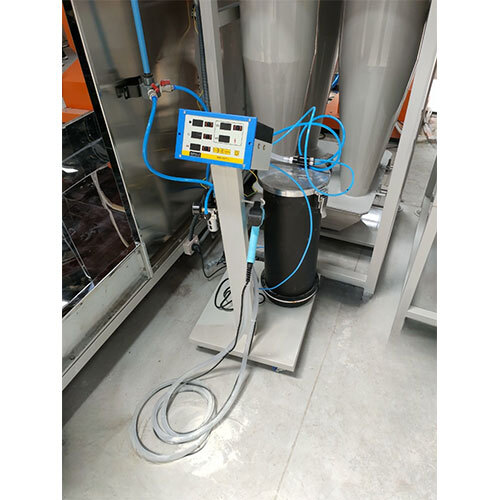
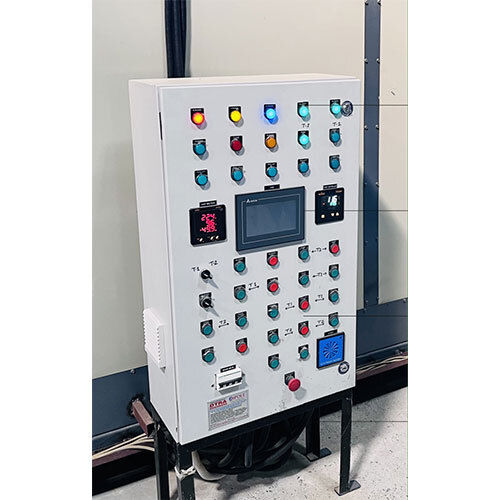
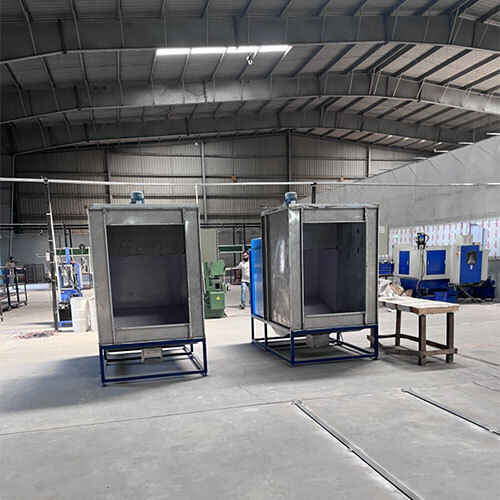
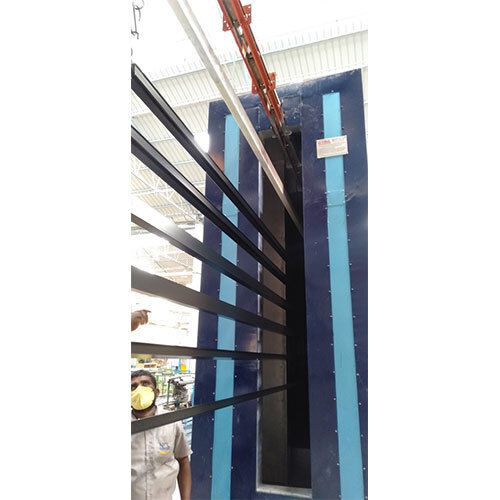


 English
English Spanish
Spanish French
French German
German Italian
Italian Chinese (Simplified)
Chinese (Simplified) Japanese
Japanese Korean
Korean Arabic
Arabic Portuguese
Portuguese